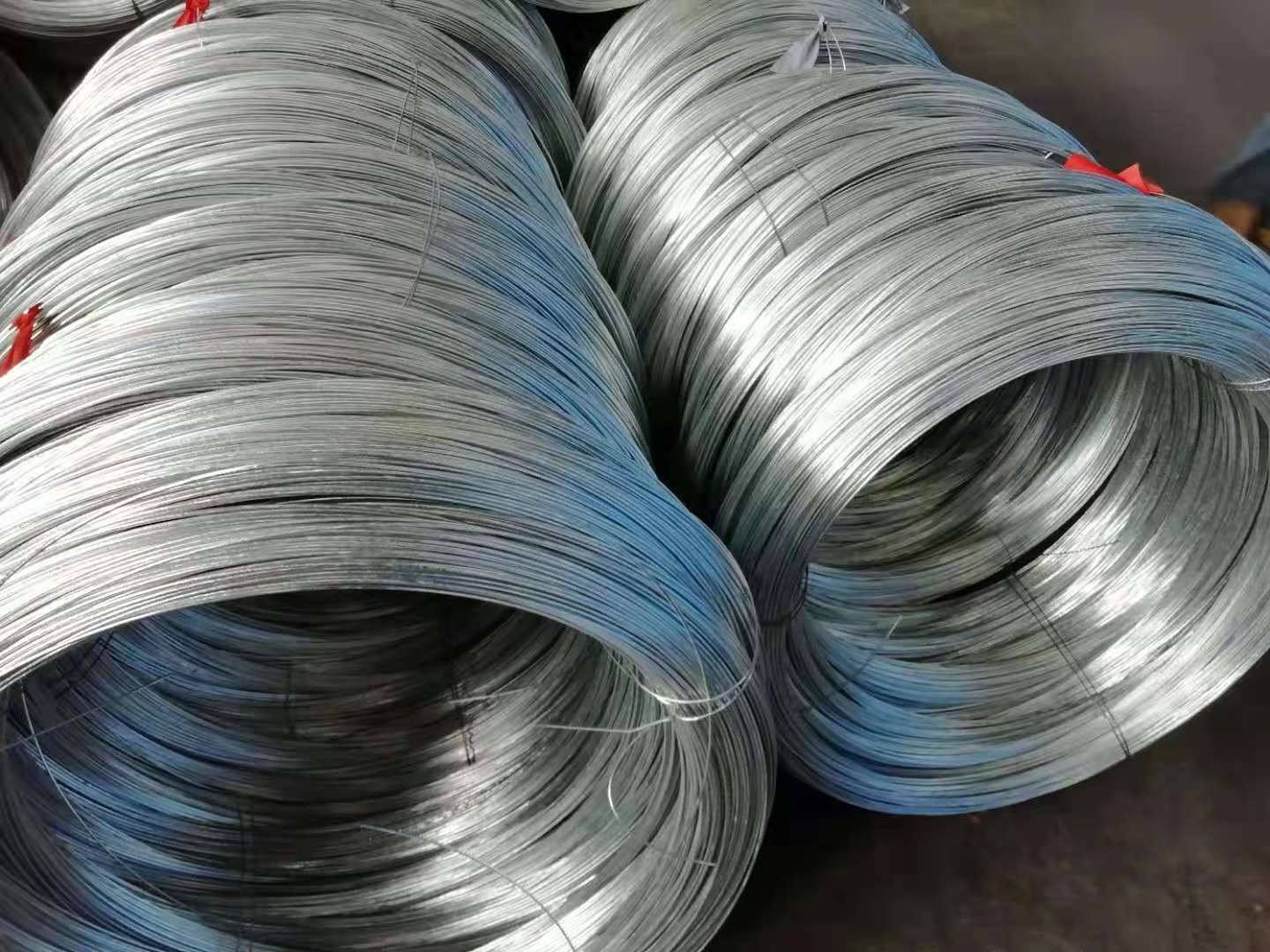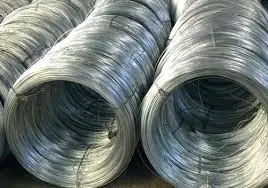High-Strength Steel Wire: Versatile Material for Demanding Applications
Steel wire remains a cornerstone of modern industry, offering unmatched strength, flexibility, and durability across countless sectors. With advancements in metallurgy and manufacturing, today’s steel wires cater to specialized needs—from construction to aerospace.


Material & Manufacturing
Modern steel wire is typically made from:
-
High-Carbon Steel (0.6%-1.4% carbon for hardness, e.g., piano wires).
-
StainleSs Steel (AISI 304/316 for corrosion resistance).
-
Galvanized or Coated Steel (zinc, polymer for weatherproofing).
-
Alloy Steel (vanadium, chromium for extreme tensile strength).
Processes like cold drawing, annealing, and tempering refine its properties.
Common Models & Specifications
-
Diameter Range: 0.1mm (micro-wires) to 20mm (heavy-duty cables).
-
Grades:
-
SWRH42A-82B (high-carbon for springs & cables).
-
ASTM A228 (music wire, precision instruments).
-
EN 10270-1 (stainless steel wire for medical/chemical use).
-
-
Tensile Strength: 500 MPa (general use) to 3,000+ MPa (ultra-high for bridges).
Key Applications
-
Construction & Infrastructure
-
Reinforced concrete (rebar tie wire).
-
Suspension bridges (cable-stayed steel strands).
-
-
Industrial & Manufacturing
-
Springs, fasteners, welding electrodes.
-
Wire ropes for cranes and elevators.
-
-
Consumer Goods
-
Barbed wire, fencing, nails.
-
Tire beads, shopping carts.
-
-
High-Tech & Specialty Uses
-
Medical guidewires, aerospace cables.
-
3D printing metal filaments.
-
Future Trends
Innovations like nanostructured steel wires and eco-friendly coatings aim to enhance sustainability and performance. With rising demand in renewable energy (e.g., wind turbine cables),
the global steel wire market is projected to grow 5.2% annually (2024–2030).















